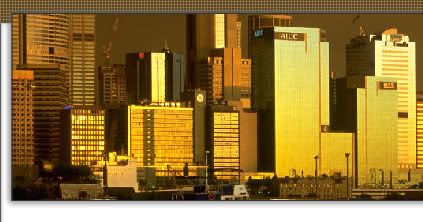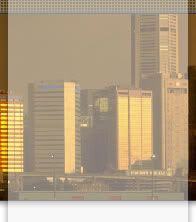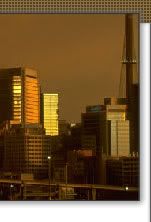Free primary education in Zambia only exists on paper, with some schools continuing to levy fees and parents forced to mobilize resources to buy uniforms, books and other supplies. According to a study conducted by the Social Conditions Research Project of the Jesuit Centre for Theological Reflection (JCTR), 'free education' at government primary schools continues to be unaffordable to the most vulnerable households. The JCTR report: How Free is Free Education? The Cost of Education in Lusaka, was published last week. The study, undertaken in the third term of the 2005 school year, sought to establish the total direct and indirect costs of various types of education in Lusaka, including government primary education, junior secondary education (grades 8-9), senior secondary education (grades 10-12) and community school education. JCTR researcher Chris Petrauskis said: "This important study on cost of education resulted from the many stories emerging in Lusaka compounds about families failing to send their children to government basic schools, even with the free education policy in place. Even more saddening is a situation captured in one of the monthly interviews undertaken by the JCTR with families in high-density compounds, where a young girl was unable to afford a school uniform to attend the government basic school. Therefore, she was enrolled at a community school but later stopped attending school because her classmates ridiculed her for wearing worn-out clothes." According to the findings, the average annual total cost of "free" primary education at a government school in Lusaka is K450,000, with approximately K10,000 due to the school as a PTA or Project Fee and an estimated average of K440,000 spent indirectly on purchasing uniforms/shoes and books/supplies. At both junior (grades 8-9) and senior (grades 10-12) secondary levels, the direct annual cost of secondary school is approximately K300,000, while the estimated average indirect cost is approximately two times (K670,000) and four times (K1,270,000) higher at junior and senior levels respectively. "In other words," said Petrauskis, "due to these 'hidden' indirect costs of education like uniforms, transportation, packed lunch, and so on, a free education policy in itself is insufficient to achieve 100 per cent enrolment of pupils in school." Other major findings of the report indicate that parents from higher density areas tend to invest lower amounts of money on education for their children, especially in terms of school lunches and private tuition at senior secondary level, which may be jeopardizing the ability of poorer students to excel at school. Only half of the study participants perceived that the free education policy had made primary education more accessible to pupils. And the majority of parents perceived a decrease in education quality at government basic schools, mainly linked to poor performance and remuneration of teachers, teacher strikes and the practice of charging for private tuition. |











